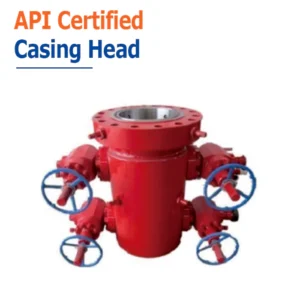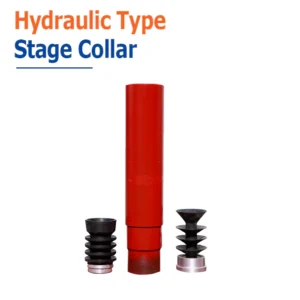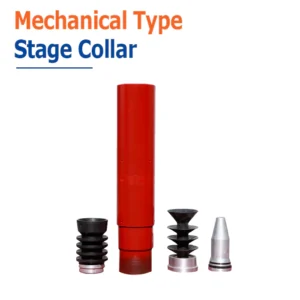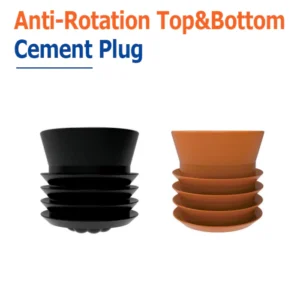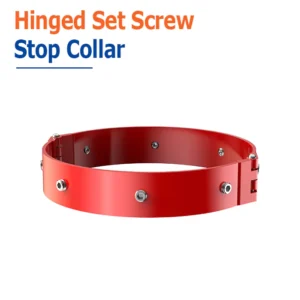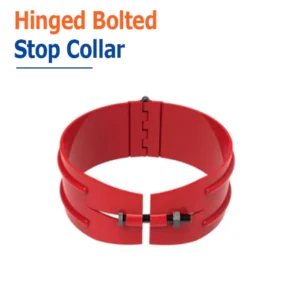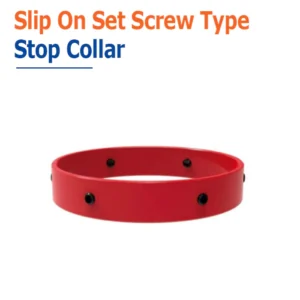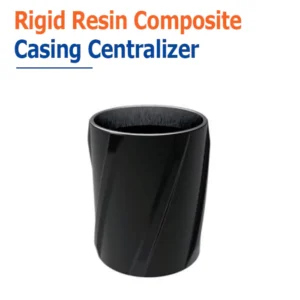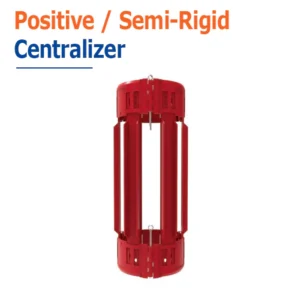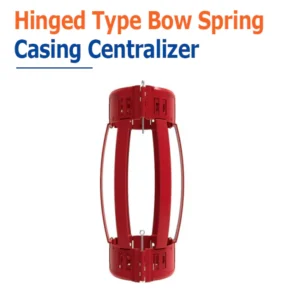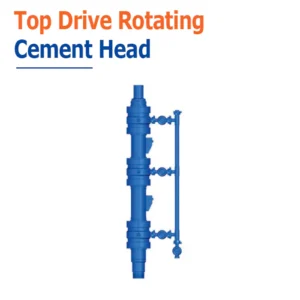Hot selling float equipment
what is float equipment in oil and gas filed?
In oil and gas drilling, float equipment refers to specialized components installed at the bottom of the casing string. Its primary purpose is to guide the casing into the wellbore and to prevent the backflow of cement and drilling fluids into the casing after it has been pumped into the annulus (the space between the casing and the wellbore walls). This is a critical step in the cementing process, which secures the casing in place and provides zonal isolation.
Functions of Float Equipment
Float equipment performs several essential functions:
Buoyancy Control: The core function is to provide buoyancy. By preventing fluids from entering the casing as it is lowered, the casing string becomes lighter, reducing the load on the rig and allowing for easier and safer placement. This is why it’s called “float” equipment.
Preventing U-tubing: After the cement slurry is pumped down the casing and into the annulus, float equipment’s one-way valve prevents the heavy cement from flowing back up into the casing. This “U-tubing” effect could contaminate the cement and ruin the job.
Guiding and Protection: The rounded nose on the bottom-most piece of float equipment (the float shoe) helps guide the casing past irregularities in the wellbore, such as ledges or washouts, preventing the casing from getting stuck.
Landing Point: The float collar provides a landing point for the cementing plugs. The bottom plug lands on the float collar’s inner seat, which separates the drilling fluid from the cement slurry. The top plug then lands on the bottom plug, indicating that the cement has been displaced.
Types of Float Equipment
There are two main types of float equipment, used in tandem at the bottom of the casing string: the float shoe and the float collar.

Float Shoe
A float shoe is the first piece of equipment attached to the bottom of the casing string. It’s a short, robust component with a rounded nose and a built-in one-way check valve. The nose is designed to guide the casing.
Function: It is the primary check valve that prevents the cement slurry from flowing back into the casing after it’s been pumped. Its rounded shape helps the casing navigate the wellbore, reducing the risk of differential sticking. The valve allows fluids to flow out of the casing but not back in.

Float Collar
A float collar is a sub-assembly installed one or two joints of casing above the float shoe. It also contains a one-way check valve and a landing seat for cementing plugs.
Function: It serves as a redundant safety measure to the float shoe, providing a second check valve in case the primary one fails. More importantly, it provides a landing point for the cementing plugs. The internal baffle or seat is where the cementing plugs land, providing a positive pressure indication at the surface that the cement has been fully displaced.

Guide Shoe
A guide shoe is the simplest piece of equipment at the bottom of a casing string. It’s essentially a short, heavy-duty component with a rounded, bullet-shaped nose.
Function: Its sole purpose is to guide the casing as it is lowered into the wellbore. The smooth, tapered shape helps the casing navigate past any ledges, washouts, or irregularities in the wellbore walls, preventing it from getting stuck. A guide shoe does not contain a check valve to control fluid flow

Reamer Shoe
A reamer shoe is a more advanced and versatile tool. It combines the guiding function of a guide shoe with the ability to “ream” or enlarge the wellbore.
Function: It guides the casing like a guide shoe but also features cutting elements on its exterior. As the casing is lowered and rotated, these cutters grind away any obstructions, tight spots, or debris, effectively clearing the path to allow the casing to reach its target depth. Many reamer shoes are also designed with an internal check valve, making them a type of float equipment as well

